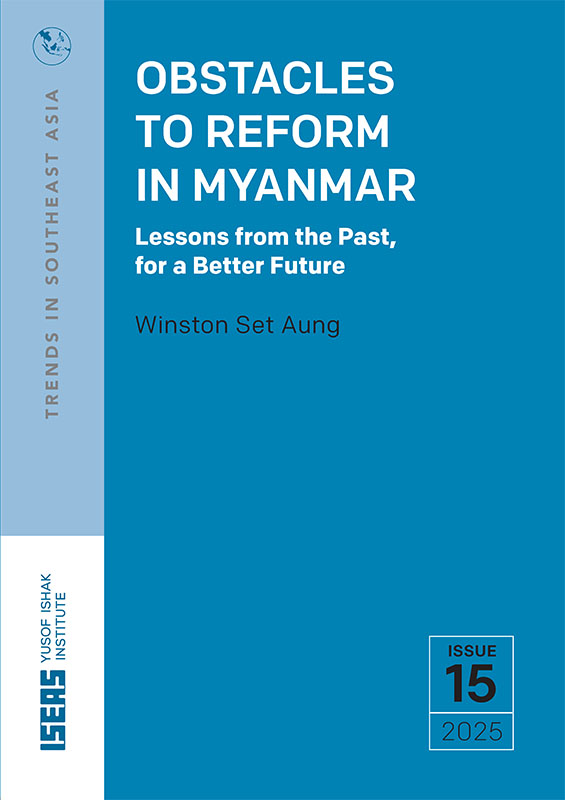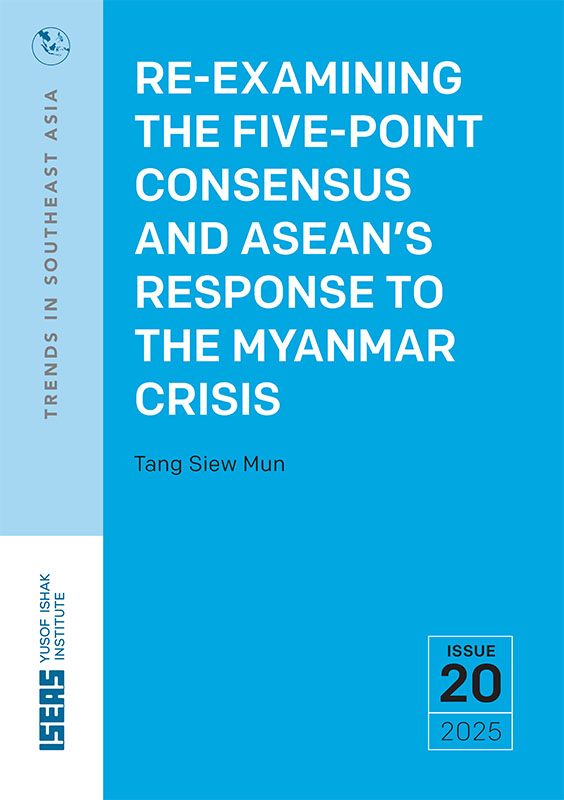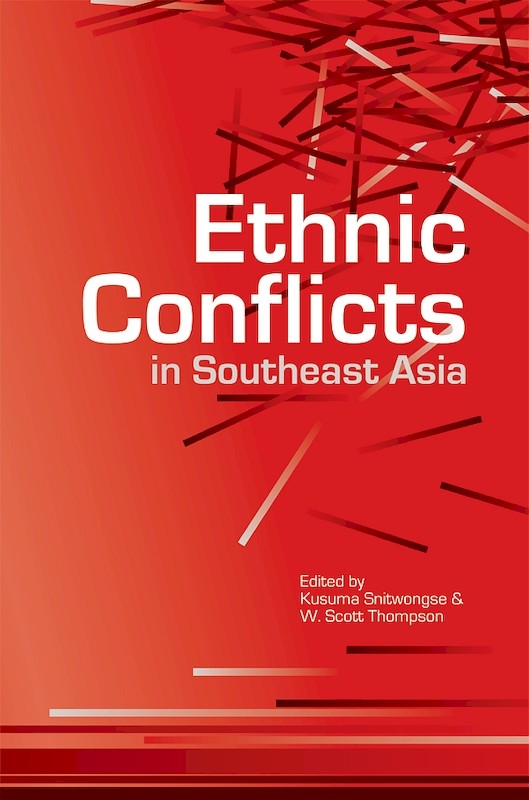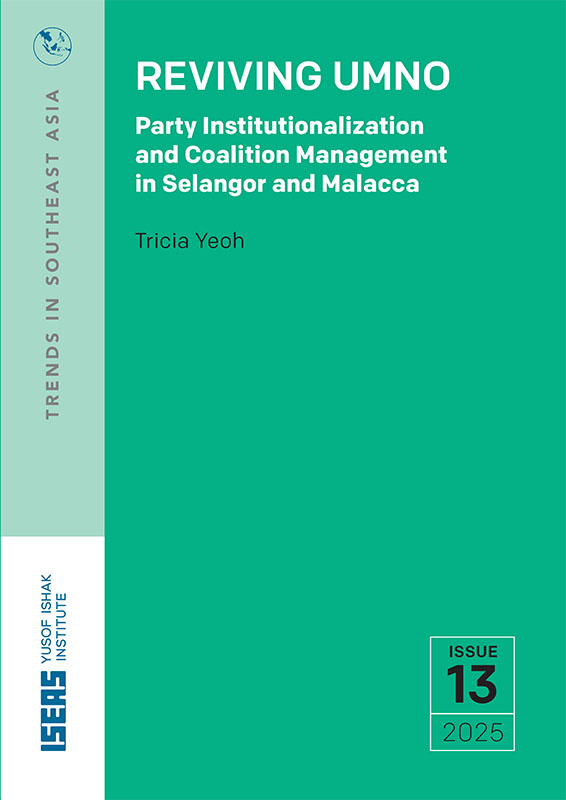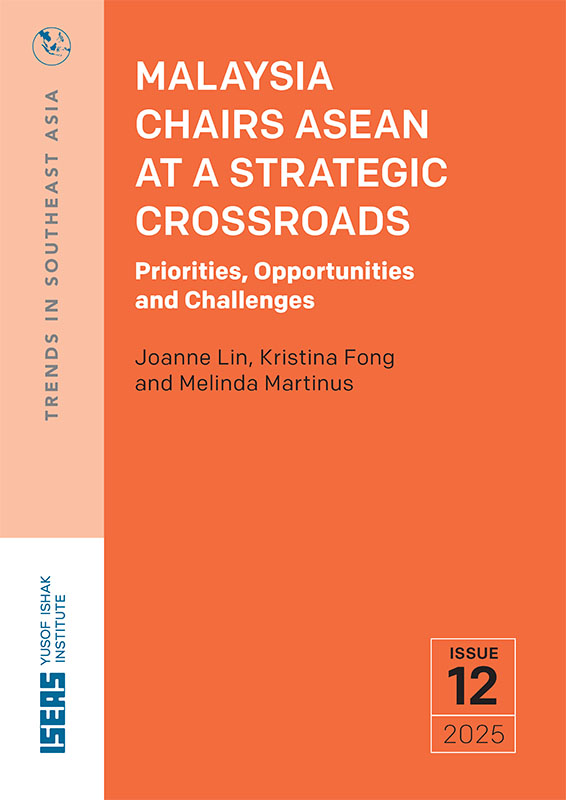Myanmar’s Uncharted Territories: Pitfalls and Prospects in Emergent Forms of Governance
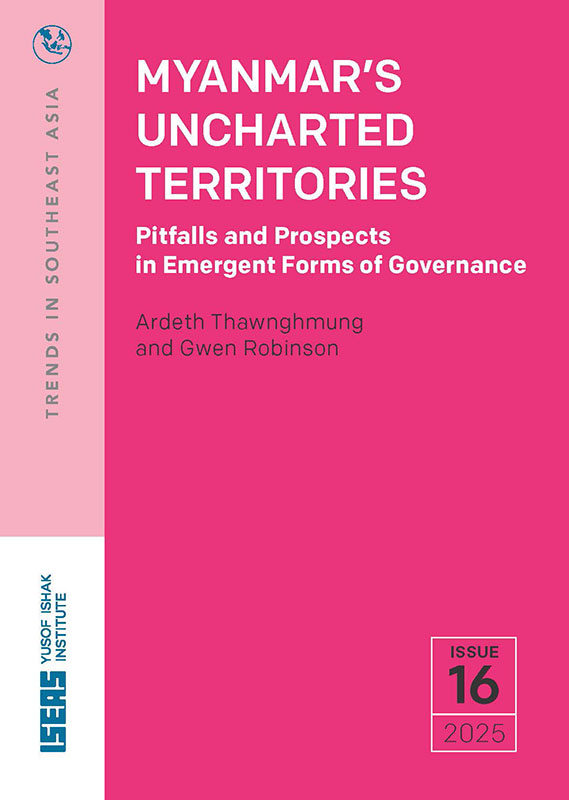
Date of publication:
2025
Publisher:
ISEAS – Yusof Ishak Institute
Number of pages:
26
Code:
TRS16/25
Soft Cover
ISBN: 9789815306880
About the publication
- An escalation of violence in Myanmar has led to a significant loss of territories by the Myanmar junta and reconfigured the country’s political terrain. The territories can presently be characterized broadly into Junta-controlled areas with low resistance, junta-controlled areas with high resistance, active armed conflict areas, areas controlled by highly vulnerable non-state armed groups, areas controlled by non-state armed groups that are not as vulnerable, and border areas sheltering internally displaced persons (IDPs) and refugees.
- Each of these are evolving on a weekly or monthly basis, igniting both optimistic and pessimistic responses from Myanmar civilians and policy/scholar communities.
- Negative concerns originated from the proliferation of armed actors and a growing conflict among non-state armed actors and inter- and intra-communal hostilities, while positive responses are drawn from emerging bottom-up local governing practices.
- The SAC has various options. It can intensify repression, it can divide and rule, or it can negotiate settlements on the terms set by the National Unity Government (NUG) and its coalition partners. Any of these could perpetuate the status quo or lead to negotiations that may either revert to civil war or result in further negotiations for “federal democracy”.
- The nature of Myanmar’s future territorial and governing landscapes will be determined by the relationships between union-level actors (such as the NUG/NLD and Myanmar’s armed forces) and regional actors, as well as those among regional actors.
- Given the many fault lines in Myanmar, domestic and international peace-building efforts will need to focus on fostering a broad coalition for federal democracy and mediating differences among anti-SAC forces, while encouraging local power holders to be more accountable to and sensitive about the needs of populations under their administrations.
Contents
-
Myanmar’s Uncharted Territories: Pitfalls and Prospects in Emergent Forms of Governance
[Whole Publication, ISBN: 9789815306903], by Ardeth Thawnghmung, Gwen Robinson, authors

